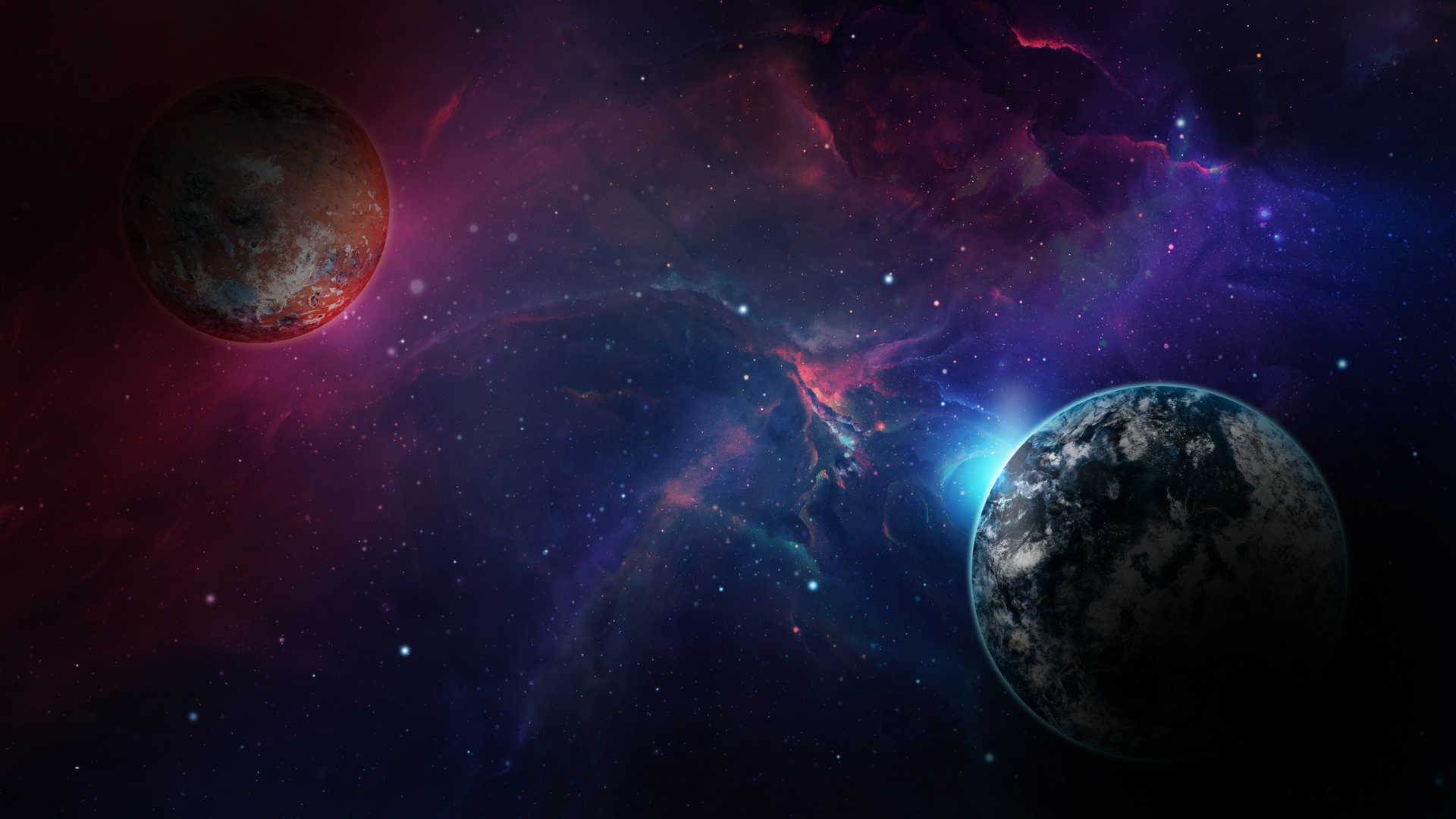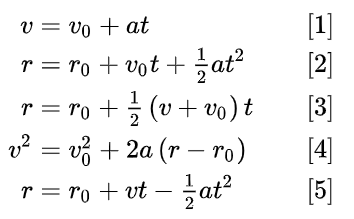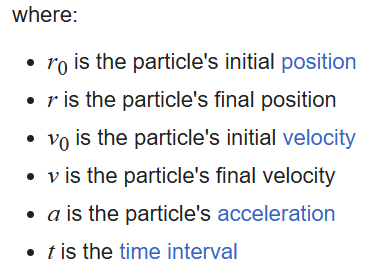
Want to boost your energy and recharge your spirit? Download your FREE journal here!
The Science of Stillness: Why Pausing Is Powerful
Explore the science and spirituality of stillness. Learn why moments of rest matter—from physics to personal growth—and how they help us realign with purpose.
7/8/2025


In a world that equates movement with meaning, stillness can feel like a radical act. But both in the cosmos and in our own inner worlds, stillness is not a void—it’s a powerful state of balance and clarity.
⚛️ Stillness in Physics: Rest Is Relative...And Powerful
In physics, an object at rest is not “doing nothing.” It’s in equilibrium. The forces acting upon it are balanced. Stillness, then, is a state of dynamic balance—one where potential energy is quietly stored, waiting for the right moment to move.
To the untrained eye, something at rest might appear inert or passive. But to a physicist (or interested reader), rest is often just a moment of poised potential.
Let’s take a simple example: a ball thrown straight up into the air.
As it rises, the ball slows down due to gravity. At the very top of its arc, there’s an instant — a single, fleeting moment — where the ball is completely still. Its velocity is zero.
But in that stillness, the forces acting on it haven’t disappeared. Gravity is still pulling on the ball. The moment of stillness isn’t emptiness; it’s a turning point. It’s where kinetic energy transforms into potential energy — and then, just a split second later, the motion reverses as the ball begins to fall.
🚀 The equations of motion of the ball's trajectory are given by:
If we're talking about a ball being tossed upward, the acceleration will be due to gravity, g. Since gravity always acts downward, it carries a minus sign: -g. Replace a with -g in the equations above and you'll be able to easily calculate how high the ball will be (given by the quantity ) at the top of its trajectory (where v=0.)
🌎 Now zoom out to space: think of satellites orbiting Earth; or the planets orbiting the Sun. They are in constant free-fall, delicately balanced between the pull of gravity and their own inertia. They appear to glide effortlessly — a kind of sustained stillness-in-motion.
In both examples, we see that:
Stillness isn't passive — it's full of stored energy and purpose.
Physics teaches us that motion depends on moments of pause.
The Universe uses stillness as part of every cycle: up and down, expansion and contraction, breath in and out.
🌀 Stillness in Life: The Hidden Power of Pause
In our own lives, we often undervalue the quiet moments. But neuroscience, mindfulness research, and spiritual traditions all point to the same truth: our brains need stillness to integrate information, restore energy, and spark creativity.
Stillness helps us:
Hear what we normally ignore.
See what we usually rush past.
Realign with what truly matters.
By creating intentional stillness—even for a few minutes each day—we tap into the same kind of balance that governs galaxies.
🌙 A Cosmic Invitation to Slow Down
As both a teacher of science and a seeker of spirit, I see stillness not just as a break in the action, but as a cosmic invitation. In the silence, we often find the insights that move us forward—not with force, but with purpose.
The Science of Stillness: Why Pausing Is Powerful
🔍 This pause at the peak isn’t wasted time. It’s the transition, the hinge between ascent and descent. In many ways, it’s the most powerful moment of the entire motion.
Try this:
📝 Reflection Prompt:
Where in your life are you being invited to pause, observe, and realign?
Write it out. Or sit with the question quietly. The Universe doesn’t always shout—it often whispers.





🌊⛵"Peace, be still!"
One of my favorite examples of calm and stillness is in the Bible, when Jesus and the disciples are on a boat in the middle of a stormy sea. Jesus is sleeping through it and the worried disciples frantically wake him, asking, "do You not care that we are perishing?" Jesus calmly gets up and says to the raging storm, "Peace, be still!" and the wind stops, the sea calms. (Mark 3:37-39)
Now, it's tempting to think, "Of course He could do that—He's Jesus." But in Matthew 14:28 Peter asks the Lord to call to him so he, too, may walk on water with Jesus. Jesus says, "Come" and Peter walks on water. However, once Peter loses focus on the Lord and starts noticing the wind and stormy water, he becomes afraid and begins to sink.
So Peter did walk on water, same as Jesus. He just gave in to fear and lost his faith in the Lord. Jesus even reminds the disciples in Matthew 21:21 that, "if you say to this mountain, 'Be removed and be cast into the sea,' it will be done." He's telling us that we can do the same miracles He does, if we have faith and believe.
🕊️ ...with God all things are possible.
Matthew 19:26


